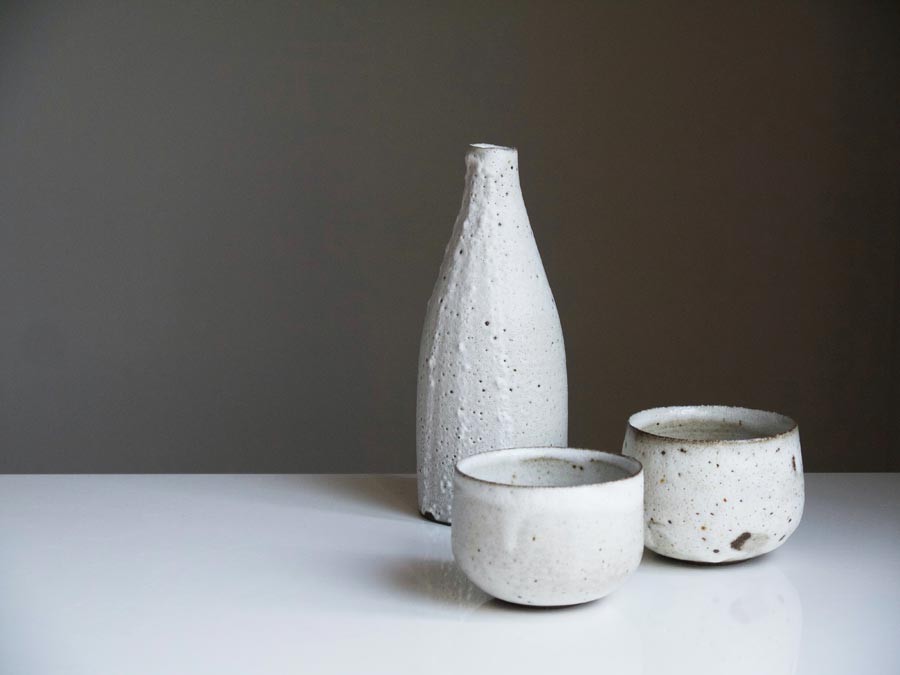Sake drinking etiquette
What's Hot New Zealand has the answers to all your questions about sake.
Say it right It’s pronounced ‘sah-kay’ not ‘sah-key’.
What’s in a cup? Japanese people use a lot of different vessels to drink sake. It may be served in ceramic choko, wide-mouthed sakazuki cups, glasses, metal chirori, small bowls and even wooden or plastic boxes called masu.
Sip, don’t shoot Sake is an important drink in certain Japanese cultures, and tossing it back like a Jäger bomb may cause offence. Treat it like a small glass of wine, and get to know the flavour.
Know when to drink it Traditionally, sake is imbibed during appetizers or small plates – izakaya. You can also enjoy it with sushi, sashimi or nigiri.
Pour for others, never yourself Offer to pour sake for others at your table, but when it’s time to fill your own vessel someone else should do the honours. If someone important or older than you is pouring your sake, lift your cup towards them with both hands while they pour as a sign of respect. Keep an eye on your co-diners to make sure they don’t run out.
Discover It’s hardly surprising if you’re disappointed by the flavour when you buy the cheapest one on the shelf. Ask for recommendations.
Try something different Not all sake comes from Japan. Zenkuro Sake is made in Queenstown in the premium Japanese style and has won international awards for its flavour.
Sake: it’s not all just sake There are many different styles and quality of sake. Many regard daiginjo and junmai daiginjo to be the finest category of sake.
Don’t assume it should be hot Some sakes taste good hot, some warm, some at room temperature, and some premium sakes are best served in a chilled glass. Ask for a serving recommendation when ordering.
Kanpai! That’s the Japanese word for ‘cheers’ – say it as your raise your glasses or gently clink them together.
